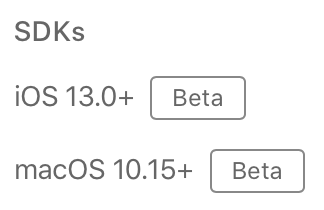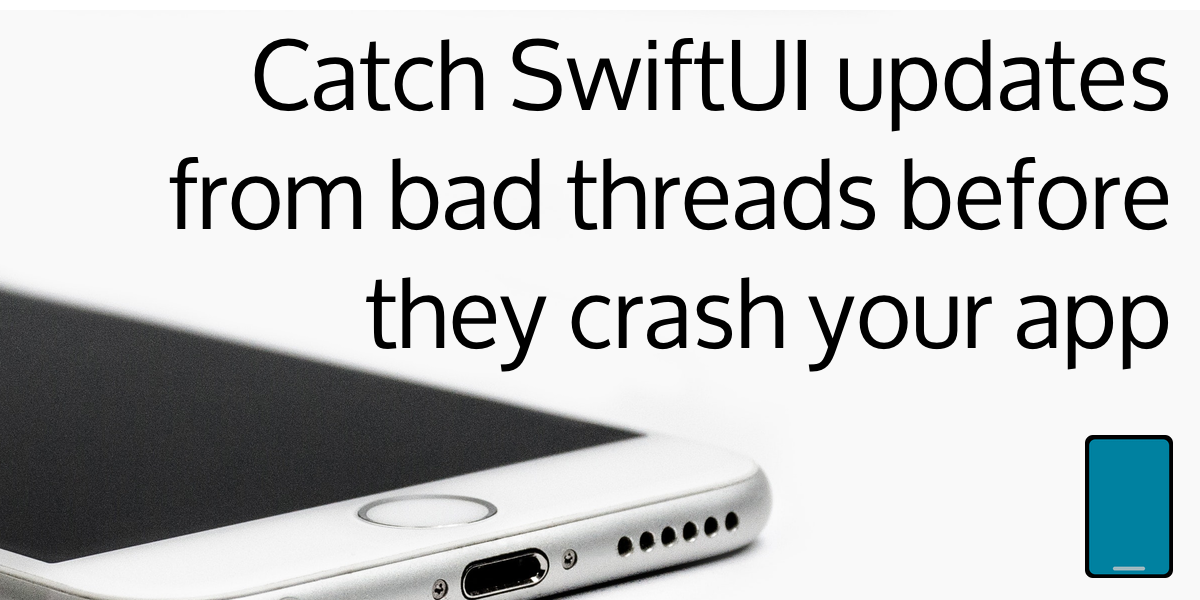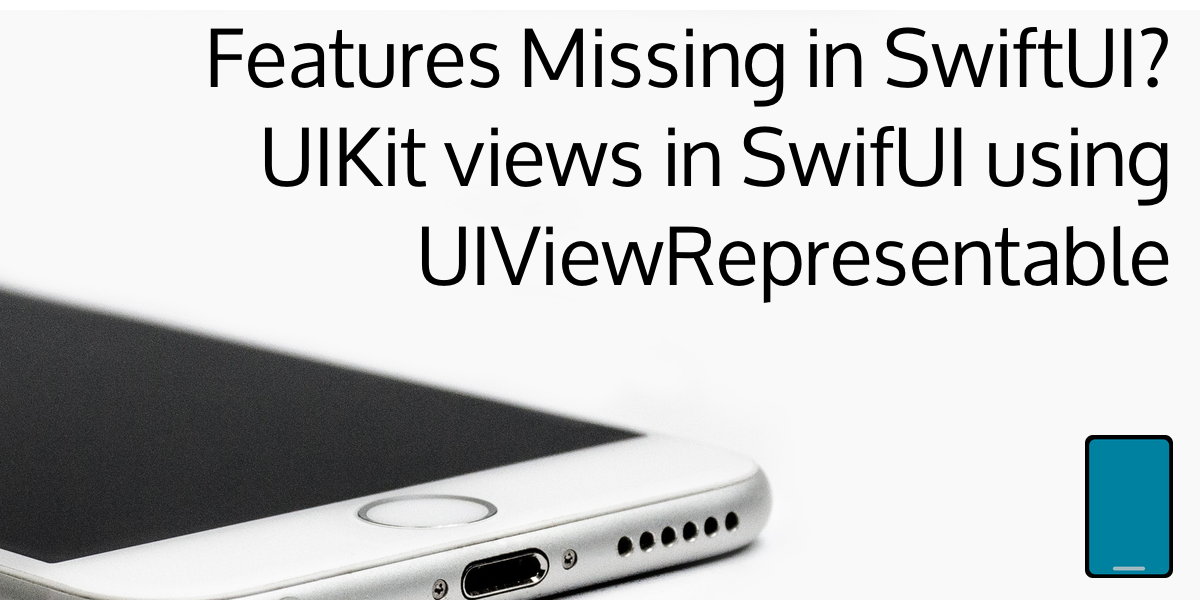Many of us were excited about all the new frameworks at WWDC: SwiftUI and Combine being the biggest ones. You were probably all ready to start using them in your app, until you opened up the documentation and saw this:

And you felt at least one of these feelings:
😡 😭 🙄
You knew at that point, that even with the usual new iOS version adoption curve, unless you’re looking at sacrificing a significant portion of your user base, you’re looking at adopting all these new features in Spring 2020, at the earliest. If your app needs to support older OS versions for a longer period, it could be even longer.
Bummer.
You can’t fix your users: they upgrade whenever they do (but thank Apple for new emoji ever year). But you also don’t need to sit on the sidelines and wait until those features are widely available to start implementing them. There are some things you can do while you’re waiting for your users to catch up, so that you’ll be ready to deliver apps based on these great new frameworks. You can even do some of this work now, while those betas are less than stable. Here are a few things to think about.


